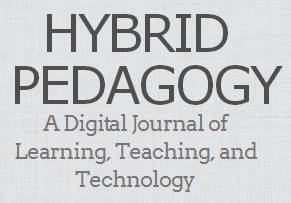Introduction
Social interaction and social construction of knowledge are fundamental principles of modern higher education. The ability of web 2.0 technologies and social media to facilitate the formation of these networks, develop and nurture connections within a community and maintain a current and relevant personal web presence for individuals is unquestioned and well evidenced. The challenge for the modern university is to build this type of connectivity into the practices and strategic direction of the institution. From new arrivals experiences, through to curriculum design, learning, teaching and assessment, social interaction in and out of the ‘classroom’, infrastructure strategy and learning spaces and post-graduation processes, the ability of the learner, the academic, the administration and management, the employer and the community to interact, engage and maintain connections is central to the ability to flourish in the new environment.
Learning Networks
Stephen Downes explores the concept of learning networks – with links to audio and slides of a 2010 presentation.
[slideshare id=5560762&doc=monterrey-101025192027-phpapp02]
Dimensions of a Learning Network from Stephen Downes
The workplace perspective
This web resource by Jane Hart, a leading figure in the workplace e-learning community, explores the nature of collaboration through social media in professional workplace contexts, giving an insight into the practices that are being developed by/for and expected of professional and knowledge workers.
Peer-to-peer: learning in the collective
In this article linked to their book “A New Culture of Learning” Douglas Thomas and John Seely Brown explore the notion of the collective and the importance of a contributory culture in students’ experience of university education. They claim that “Learning from others is neither new nor revolutionary; it has just been ignored by most of our educational institutions. The college experience is a perfect example. When students set foot on campus in their freshman year, they begin a learning experience that is governed only in part by their classroom interactions. Assuming they live on campus, sleep eight hours a night, and attend classes three hours a day, students are immersed in a learning environment for an additional thirteen hours a day. Simply by being among the people around them — in study groups, for instance — students are learning from their environment, participating in an experience rich in resources of deep encounters.” When this doesn’t match the student experience, when those thirteen hours are spent predominantly outside the university, what awareness and what practices then enable them to engage in productive and meaningful collective activity?
The changing face of networking
This Guardian Higher Education Network “live chat” session explores how networking is changing, online and off, in the face of changing social platforms. Scroll down below the “More from the Guardian” and “Ads by Google” sections for the discussion comments.



